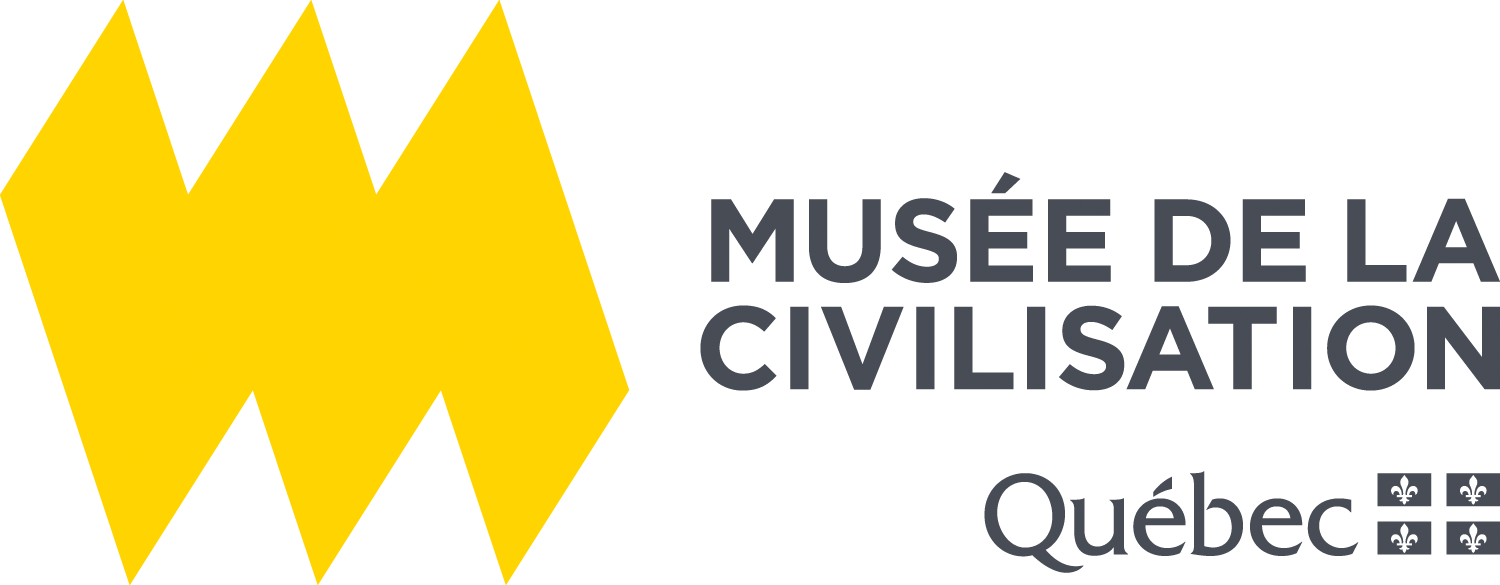There are two major Aboriginal linguistic families in Quebec: the Iroquoians and the Algonquians. Because of their different ways of life and territories, the two linguistic families organize their societies differently.
The Iroquoians
Among the Iroquoians, everyday life was the responsibility of the women who, in addition to looking after the children, the meals and the garden, made the major decisions. The men built the houses, took care of business, hunting and fishing, and dealt with relations with other Nations (which could lead to wars or alliances).
The Iroquoians lived in longhouses that sheltered two to six families, grouped together in villages. Each community was divided into several clans, composed of members of one family that had the same maternal ancestor. Each clan was named after an animal.
The Iroquoians were more sedentary because they practiced agriculture.
The Algonquians
The Algonquian people were nomadic societies, who followed the herds for hunting. They grouped together in bands, made up of several families who travelled together.
The Algonquians used to life in wigwams, easy to carry and rebuild when travelling frequently.
The men took care of hunting and fishing and the group’s major decisions. The women took care of the family and made all of the everyday objects, as well as clothing and moccasins. They were also the guardians of the culture and traditions.

